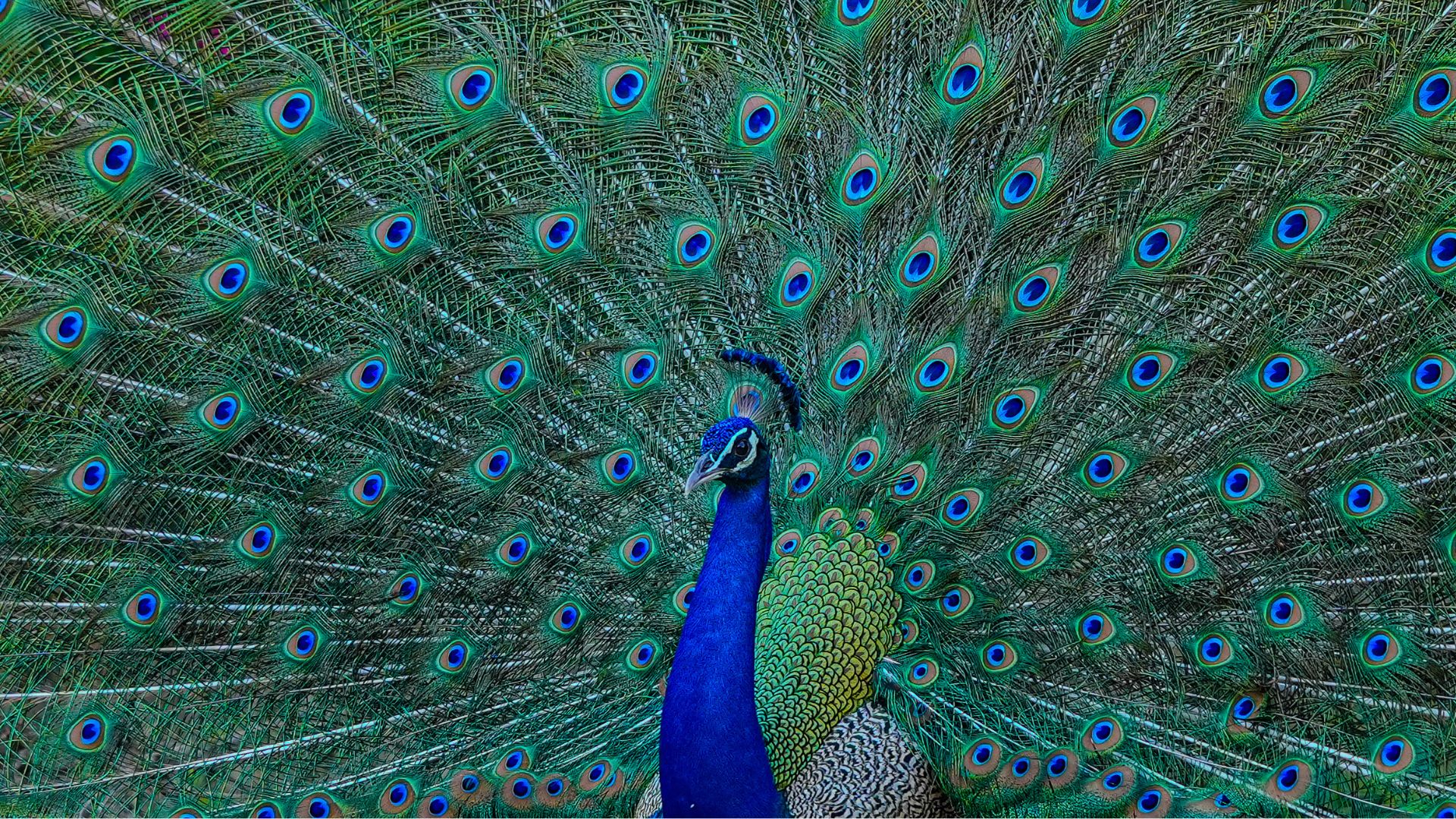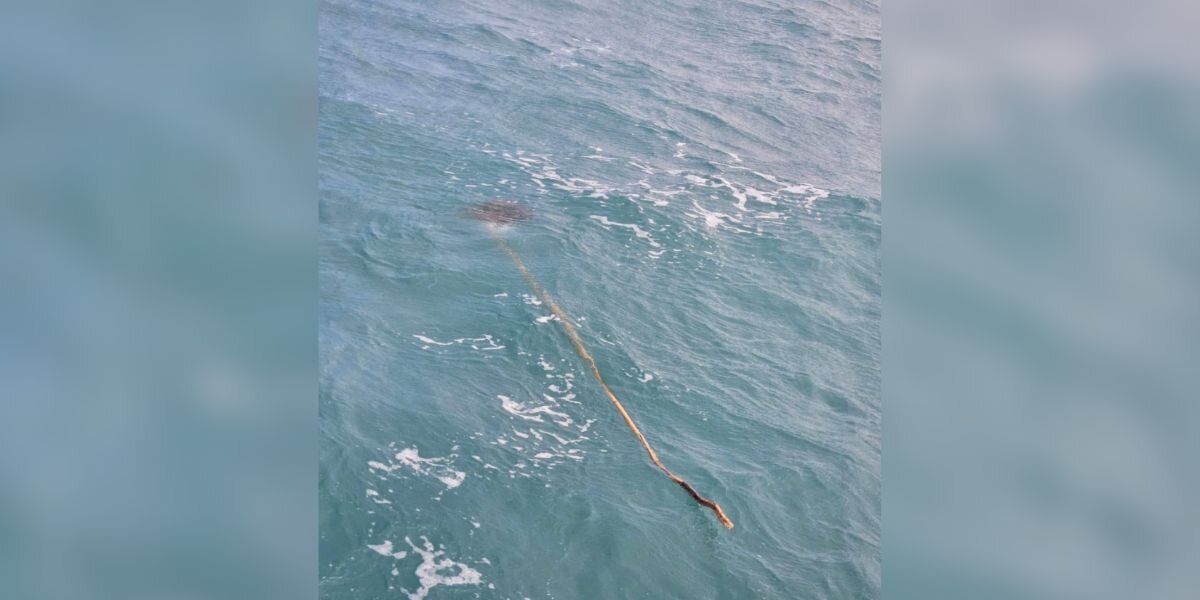Leopard Seals Serenade the Antarctic: A Shocking Love Song for Survival!

Imagine diving into the icy depths of the Antarctic and being serenaded by the haunting melodies of male leopard seals—sounds surreal, right? Well, scientists reveal that these blubbery wonders not only sing but perform musical compositions that could rival nursery rhymes, lasting for up to 13 hours!
Researchers from Australia have taken a deep dive into the captivating world of leopard seals, drawing comparisons between their complex songs and those of human legends like The Beatles and Mozart. Lucinda Chambers, a bioacoustics PhD student at the University of New South Wales, explains that the sounds emitted by these seals are akin to “sound effects from an '80s sci-fi movie.” Intrigued? You should be!
As spring rolls around, male leopard seals plunge into the frigid waters and burst into song, performing for about two minutes before surfacing for air. They repeat this extraordinary display, sometimes for an astonishing 13 hours a day! The study highlights that while all leopard seals share a standard set of five notes, each seal crafts its own unique melody, effectively broadcasting its identity much like calling out your name in a crowded room.
Chambers theorizes that these musical performances are not merely for show; they are instrumental in wooing potential mates and establishing dominance over rivals in a fiercely competitive breeding season. Tracey Rogers, a co-author of the study, likened these seals to the “songbirds of the Southern Ocean,” stating that drop a hydrophone in the water during breeding season, and you’ll be enveloped by their enchanting symphonies.
The team meticulously analyzed recordings from 26 seals captured off the coast of Eastern Antarctica, revealing a fascinating insight: the leopard seals' songs are less predictable than the calls of humpback whales or the whistles of dolphins, yet simpler than the compositions of legendary musicians. This balance of predictability and unpredictability mirrors nursery rhymes, which need to be catchy enough for a child to memorize but unique enough to stand out.
In their quest for love, these apex predators swim alone across vast distances, and their songs have likely evolved to carry over long ranges. Chambers suggests that variations in pitch may not travel well in their icy habitat, leading to the development of their distinct melodies. Interestingly, while female leopard seals also vocalize, the scientists are puzzled by the purpose of their songs. Are they teaching their pups to sing? Or simply communicating with one another? This mystery remains unsolved, adding another layer of intrigue to these fascinating creatures.


















